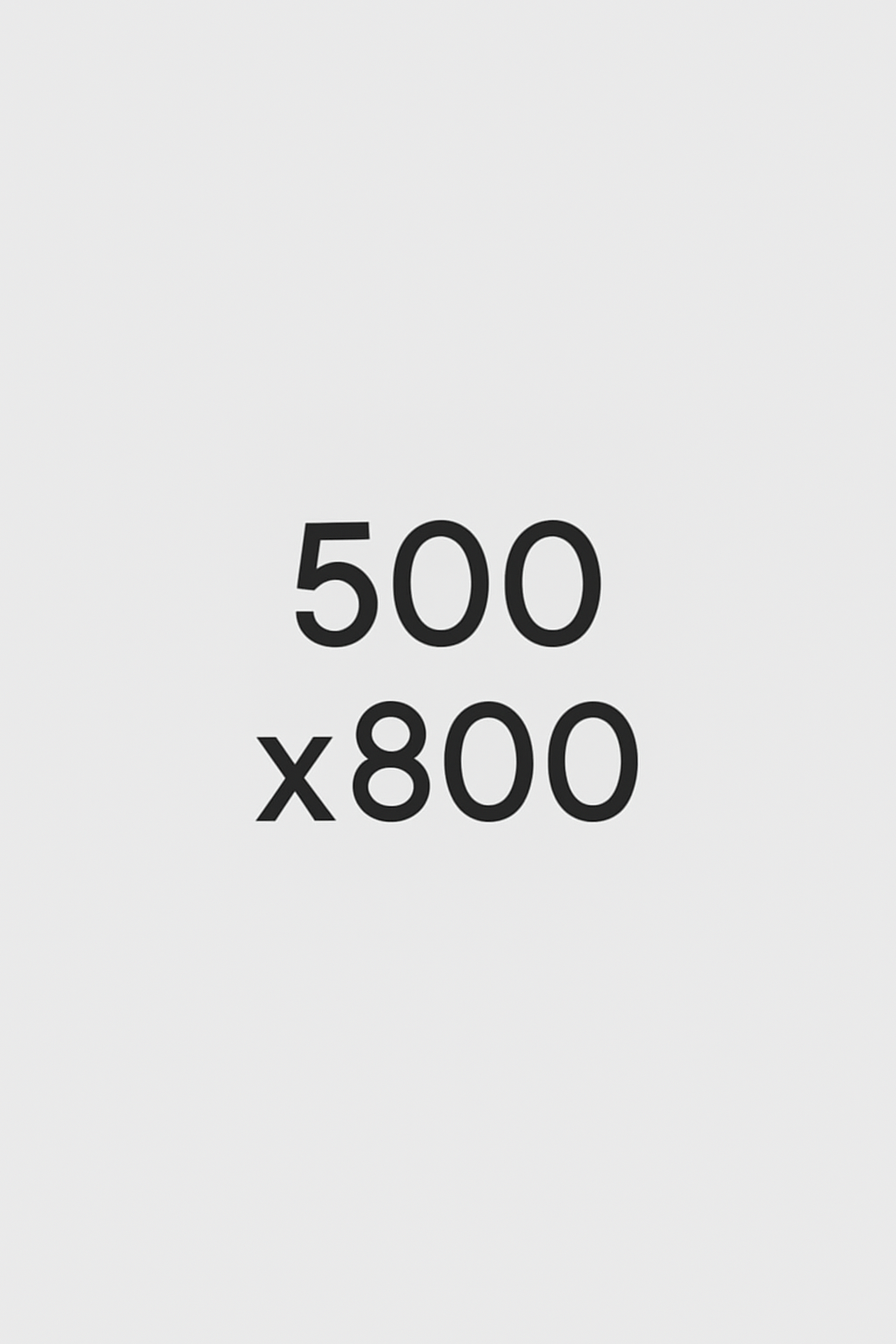Rummelplatz der Liebe
Director: Kurt Neumann
Cast: Ady Berber, Bernhard Wicki, Curd Jürgens, Eva Bartok, Robert Freitag, Willi Rose
Synopsis:
Cast: Ady Berber, Bernhard Wicki, Curd Jürgens, Eva Bartok, Robert Freitag, Willi Rose
Synopsis:
Reviews
The New York Times
Howard Thompson
Howard Thompson




